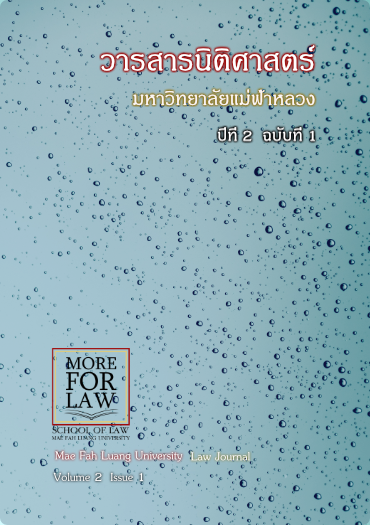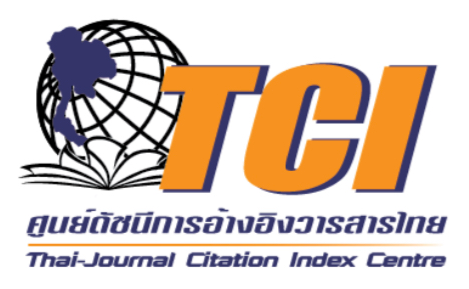Harmonisation of Intellectual Property in the European Union
DOI:
https://doi.org/10.14456/mfulj.2019.6Keywords:
Intellectual Property, Harmonisation, European Union, Single MarketAbstract
One of the core objectives of the European Union (EU) is to unify national markets of member states into a single market, where goods, services, capital, and labour can freely move within the community. However, to ensure that goods can freely move within the market, harmonisation of intellectual property (IP) laws of the member states is necessary. In other words, it is recognised that differences in IP laws could have a negative impact on cross-border trade, and could thereby partition the EU single market. As a result, an attempt toward IP harmonisation has pursued to address this issue. The harmonisation of IP laws in the EU results from two separate approaches which are the harmonisation through EU legislation and international conventions. However, the core measures, which have been used are the enactment of directives and regulations. A high degree of IP harmonisation is clearly linked to the EU’s success in creating a properly functioning single market. Thus, this article aims to present the development of the EU, EU and IP harmonisation, as well as interesting remarks concerning IP harmonisation in the EU for the study of English for lawyers.
Downloads
Downloads
Published
How to Cite
Issue
Section
License
Copyright (c) 2019 Mae Fah Luang University Law Journal

This work is licensed under a Creative Commons Attribution-NonCommercial-NoDerivatives 4.0 International License.






